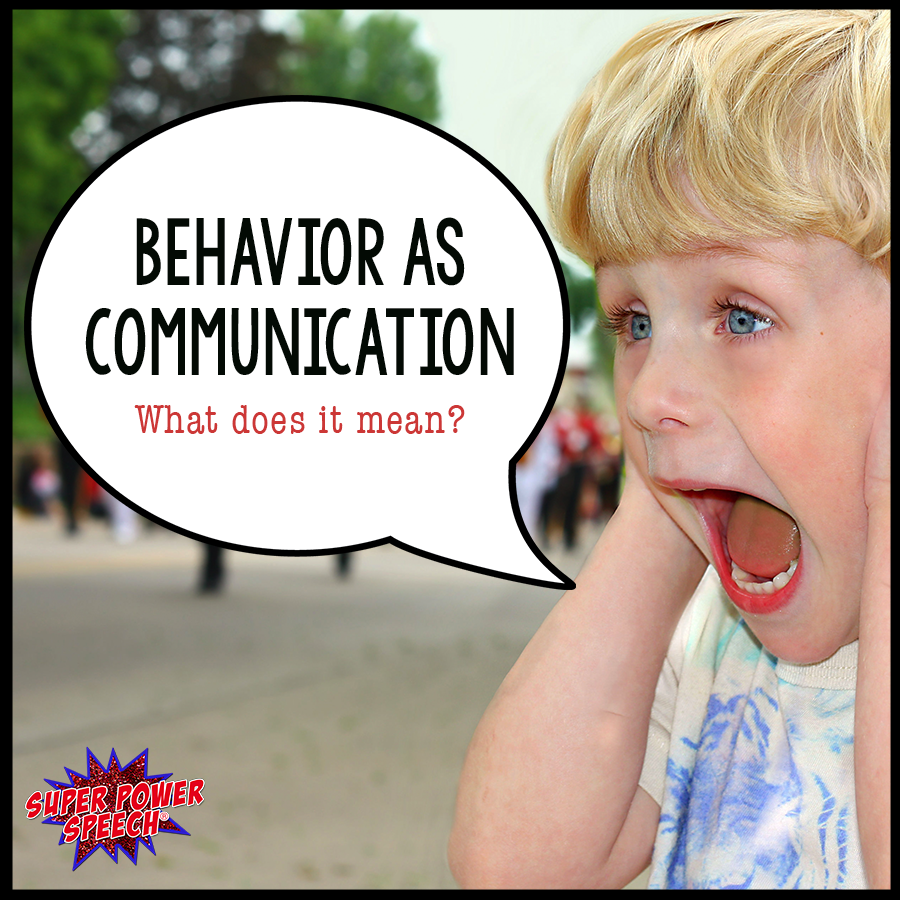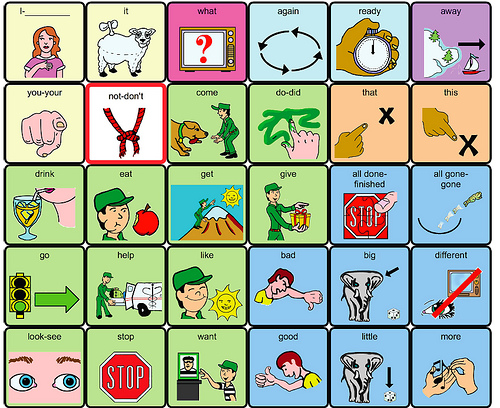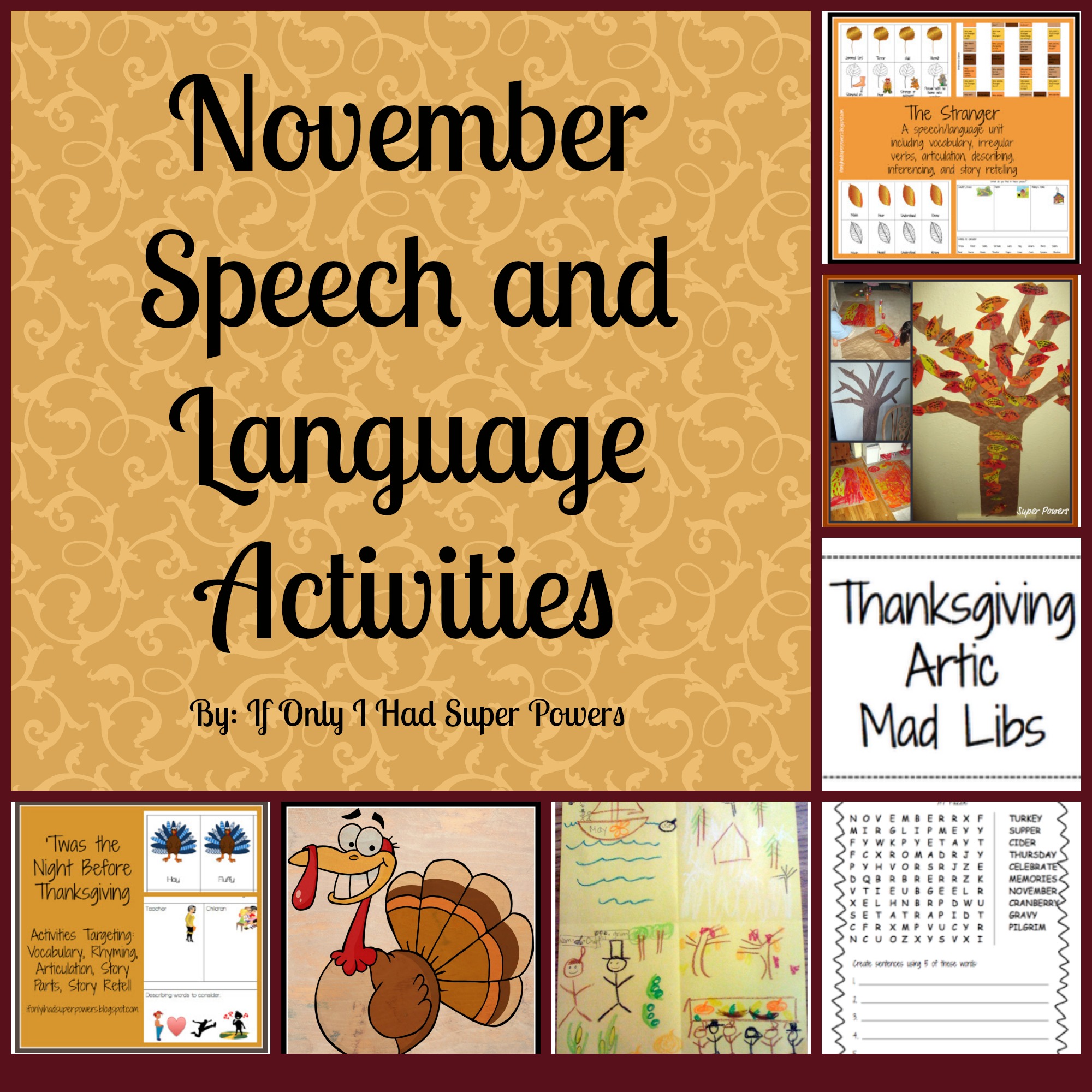Behavior as Communication

She was agitated and upset. This was not a good day. Her routine had gotten out of whack when her aunt dropped her off at school instead of taking the bus. She dropped her backpack on the way down to class. She hadn’t gotten enough sleep. As so, during our normal circle time activity, when this student looked like she needed some deep pressure, I gave her a hug. We’d been working on “hug” together in our daily speech therapy and she had been more and more responsive over the time, to the point at which she initiated it a few times! But not that day. That day, she responded to my hug by turning her head and biting down. Hard.
She was communicating.
“Don’t touch me right now. Leave me alone. I don’t want to be here. Somebody, please help. I want to go back to bed.”
For our non and minimally verbal students, communication may look primarily like a series of behaviors. Sometimes these behaviors are considered to be not “socially acceptable”. Extreme behaviors may be serving a very intentional communicative purpose. The trickiest part is to tease out the meaning of the behavior if indeed there is only one meaning. And, if you are Speech Pathologist or special education teacher, you may be introduced to a lot of behavior in your job.
Examples of behaviors as a means of communication:
Behavior — Running Away: While I was reading a book, my student suddenly stood up, laughed and ran to the back of the room. When I tried to follow him, he ran around the table just out of reach several times. He then slid under the table and stayed where I couldn’t reach him. He laughed. When I walked away, he came out from under the table, got my attention, laughed and ran away again.
Communicative Message — Boredom: I believe that this student was communicating that he was bored of the activity He wanted to do something else. The only game he knew that would cause interaction was a chasing game, so he initiated it. When I stopped “playing” the game he reinitiated.
Behavior — Touching: I began our daily circle time chant of “Who is here today?” The student reached over and touched my leg. I moved away and continued circle. He got out of his seat and touched my arm. I asked him to sit down. Within a minute, he leaned over to touch my leg again. Twenty minutes into circle time, he was still touching me and not always gently.
Communicative Message — Attention: This student wanted to be seen and acknowledged almost every minute. When there was a group activity, he wanted the teacher’s attention on him and not the other students. One of the best ways that he knew how to do this was with physical contact.
Behavior — Throwing: I put out the work box for our first activity. Within less than two seconds, he grabbed the box and hurled it across the room. He screamed and escalated very quickly. I moved to grab the box and its contents, and he jumped up onto his chair and began to throw other items.
Communicative Message — Protest: This student did not want to do this work. He was protesting in one of the most effective ways that he knew how by moving the work as far away from himself as possible. The adrenaline he felt from seeing and throwing the work he didn’t like, had riled him up so that he was now throwing other items in the room and would continue to do so until he calmed down again.
Behavior — Spitting: For almost a year, whenever certain teachers would approach this student he would spit. It may have been easier if it was one large glob of spit that you could dodge. However, in his case, he would spray spittle everywhere. You could not avoid it if you were within 2 feet of him. Because of his physical needs, there was no way to avoid being 2 feet from him. So, we geared up with face masks and protection whenever we worked with him. Definitely a difficult thing to do when you are working on communication!
Communicative Message — Protest: This student had discovered a very powerful way of protesting certain people or activities. He knew that people would back up quickly when he started letting spit fly. Although he could not tell us verbally to leave him alone, he made his message extremely clear.
Behavior is a powerful way of communicating for all humans, but I would argue much more so for people with limited verbal language or social skills. Because they are not inhibited by “socially appropriate” I statements, they find ways of letting people around them know quickly and efficiently how they feel and what they want.
And now it is your turn! What is your best or most memorable story of a certain behavior being a way of communicating something that could not be done verbally?
This post is part of a series entitled “Behavior and the SLP”. To see all of the posts in this series click here.







Thanks for the great examples and your interpretations! I can often make a pretty good guess of what the child is trying to communicate, but I struggle with responses which are supportive of the child’s need and also helpful in directing the behavior. I would LOVE a follow up post that describes how you might handle these given situations!
I’m going to be doing behavior posts all month. Hopefully one of them will address the issues 🙂
Ahhh, I’ve experienced many of these examples myself! It’s nice to know I’m not alone.
Sometimes all we need is to know we aren’t alone! lol!
Since we are discussing behavior, what are your thoughts on SLPs doing FBAs? I’ve found some websites that support this, while others such as Wrightslaw say no.
not a fan, but I’ve done them when I am the case manager.